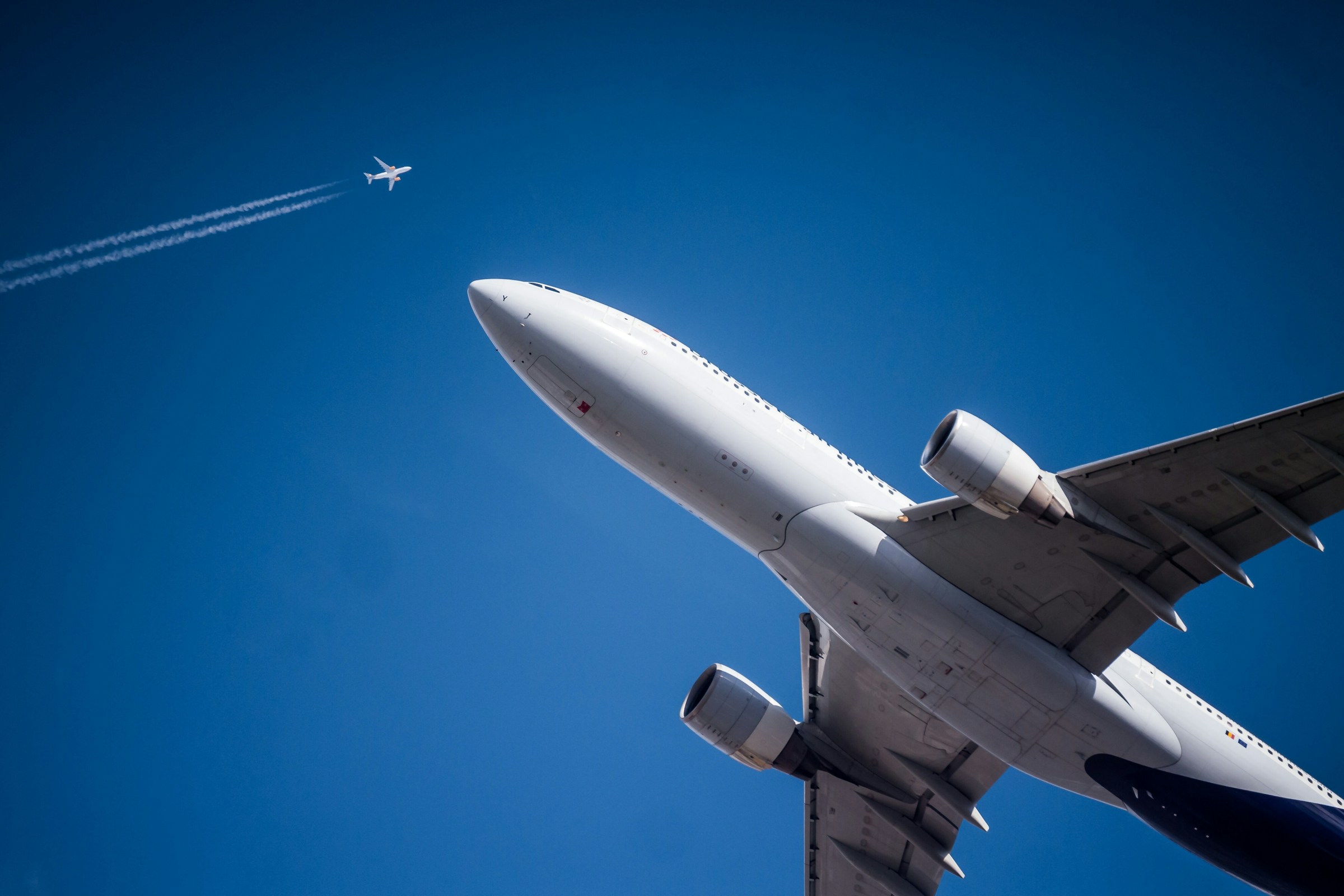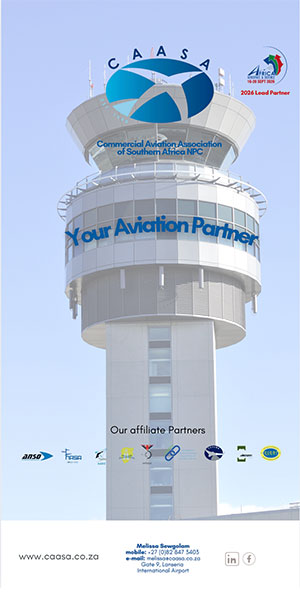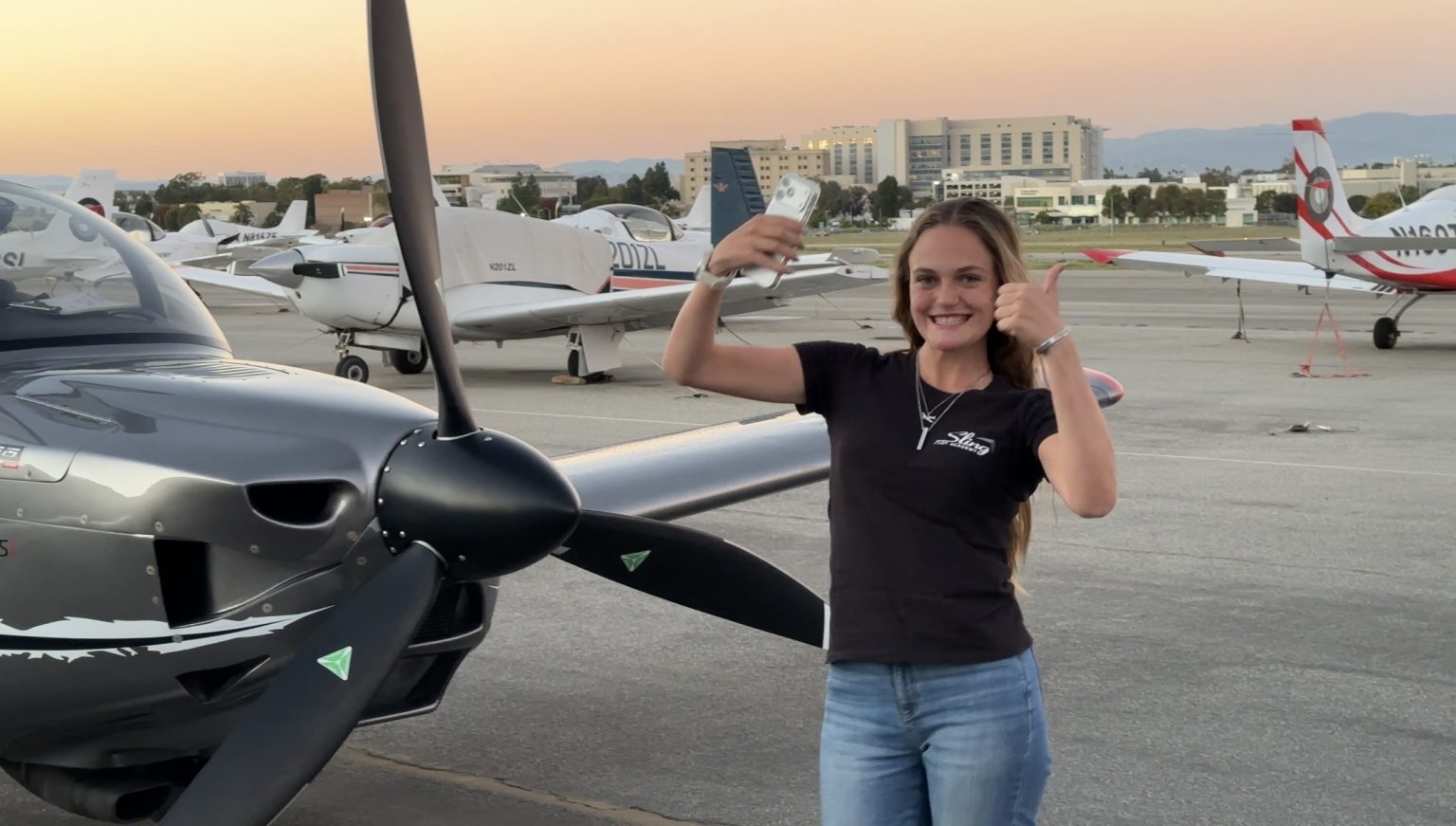The International Federation of Air Line Pilots’ Associations (IFALPA) has released a new position paper on Non-Routine Operations, warning that many flights worldwide are being conducted outside the comfort of Standard Operating Procedures (SOPs). While most aviation authorities require flights to be conducted safely under prescribed rules and regulations, it is ultimately the responsibility of operators and the pilots at the controls to ensure these rules are applied in every phase of flight.
Yet, as IFALPA highlights, a significant number of operations fall outside what could be described as “normal.” These include ferry flights with known technical defects, post-maintenance check flights, trials of new procedures awaiting regulatory approval, or flights testing new airborne equipment. In such cases, the familiar safety net of SOPs may not be enough.
Beyond Routine
Non-routine operations may sound like a rarity, but in practice, they are part of everyday aviation. Unlike standard passenger services, designed to deliver a safe, uneventful trip from one airport to another, these flights often involve exposing an aircraft to higher levels of risk, either by flying it in a less-than-fully serviceable state or by deliberately testing the limits of its systems and performance.
Training Gaps
One of IFALPA’s chief concerns is the lack of structured training for these situations. While some operators wisely assign their most experienced crews to such flights, often with additional qualifications in Type Inspection Authorisation (TIA) or Functional Check Flights (FCF), many do not.
Instead, it is not uncommon for line pilots, with no specialised experience, to be placed in the cockpit of an aircraft coming fresh out of heavy maintenance, or to operate a ferry flight with deferred technical issues. Sometimes, even new technology is trialled on routine commercial flights, with paying passengers onboard, while pilots are left to discover potential bugs or limitations in real time.
The Human Factor
The risks here are obvious. As IFALPA points out, crews may be exposed to higher workloads, unfamiliar scenarios, or technical uncertainties without the tools to manage them effectively. Stress and fatigue compound the issue. Without clear guidance and structured preparation, pilots may be expected to “adapt on the fly”, — which runs counter to the very philosophy of SOP-driven safety.
To mitigate these risks, the federation calls for a set of safeguards:
- Only experienced crews should be assigned to flights where abnormal conditions are expected.
- Pilots must be fully briefed on the exact state of the aircraft, including any recurring or deferred defects.
- Training for non-routine operations should be incorporated into simulator sessions and observation flights.
- Thorough pre-flight briefings and guidance material should always accompany such missions.
- Operators must conduct proper risk assessments, especially if passengers are onboard.
Looking into Africa
These concerns are particularly relevant in the African context, where operational realities can make non-routine flights more frequent than elsewhere. Smaller fleets, limited maintenance facilities, and economic pressures mean that ferry and post-maintenance flights are an unavoidable part of the regional aviation landscape.
In some countries, heavy checks are still sent abroad due to limited local capacity, with the first post-maintenance flights often conducted by line pilots upon the aircraft’s return. Add to this the continent’s unique flying conditions, from high-altitude airports to remote strips with minimal infrastructure, and the challenges are amplified.
African operators have proven remarkably resilient, with pilots often displaying extraordinary adaptability. But as IFALPA’s paper makes clear, resilience should not be mistaken for readiness. A reliance on improvisation is no substitute for structured training and dedicated procedures.
The opportunity lies in using the continent’s growth in aviation as a platform for improvement. As African airlines expand their fleets and infrastructure, there is scope for regulators and training organisations to incorporate non-routine operation modules into pilot development. Countries with more established aviation sectors, such as South Africa, Ethiopia, Kenya, and Nigeria, could even take the lead in creating regional best practices.
The Bigger Picture
Ultimately, non-routine operations remind us that safety in aviation is not just about following the rulebook. It is about preparing crews for those moments when the rulebook doesn’t quite fit.
As IFALPA’s position paper underlines, operators cannot treat these flights as business-as-usual. Assigning experienced pilots, delivering targeted training, and ensuring thorough preparation are not luxuries; they are necessities.
In Africa, where every flight can be an exercise in adaptation, these lessons resonate even more strongly. By embracing the recommendations outlined in Non-Routine Operations, the continent has a chance not only to close a safety gap but to set new standards in handling the extraordinary.
Because in aviation, the extraordinary is never as far away as we like to think.














